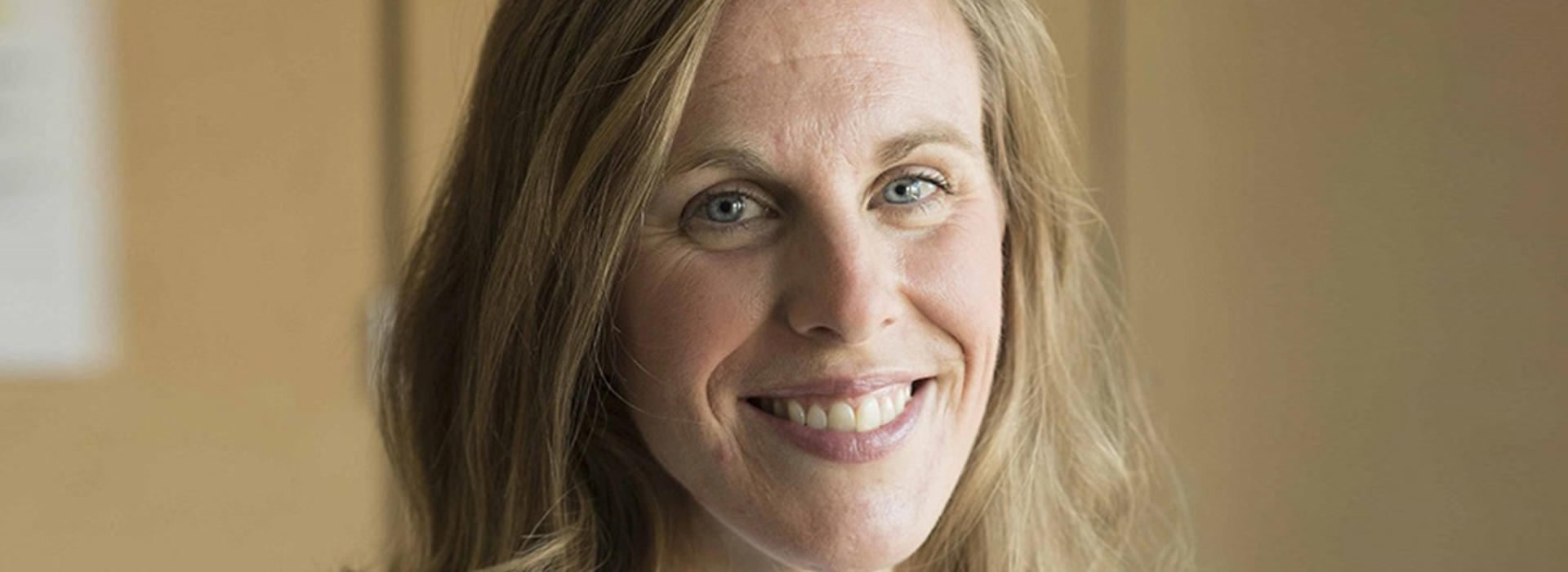
Examining the Risk of Secondary Cancers in Childhood Cancer Survivors
Each year, nearly 16,000 children in the U.S. are diagnosed with cancer. Research shows the risk is exponentially higher for childhood cancer survivors to be diagnosed with a secondary cancer compared to the general population. In fact, it’s three times more likely for someone who received chemotherapy or radiation and a six-fold increased risk for someone who received both as a child.
In recent years, researchers and physicians have seen a reduction in secondary cancers as they have reduced radiation for patients. There is limited research available on chemotherapy-specific associated risk, so, University of Minnesota Medical School researchers conducted a study to understand on a deeper level how patients were affected if radiation was removed from treatment.
In a paper, “Chemotherapy and Risk of Subsequent Malignant Neoplasms in the Childhood Cancer Survivor Study Cohort,” which was recently published in the Journal of Clinical Oncology, authors Lucie Turcotte, MD, MPH, assistant professor, and Joseph Neglia, MD, MPH, department head and professor who both work in the Department of Pediatrics and are members of the Masonic Cancer Center, looked at childhood cancer survivors treated with different classes of chemotherapy.
Drs. Turcotte, Neglia and colleagues found that childhood cancer survivors who were treated with chemotherapy only—with particularly higher cumulative doses of platinum and alkylating agents—face an increased risk of secondary cancer. Linear dose responses were seen between alkylating agents and subsequent malignant neoplasm rates, as well as between anthracyclines and breast cancer rates. They found that limiting cumulative doses and possibly using alternate chemotherapy could reduce secondary cancer risk.
Research in secondary cancers has already led to much advancement in the field.
“It is one of the reasons we’ve tried to reduce or eliminate radiation; as we do that, we are reducing secondary cancers,” Dr. Turcotte said.
She is hopeful research like this will eventually lead to new screening practices.
“I am encouraged, but there is more that needs to be done,” she said.